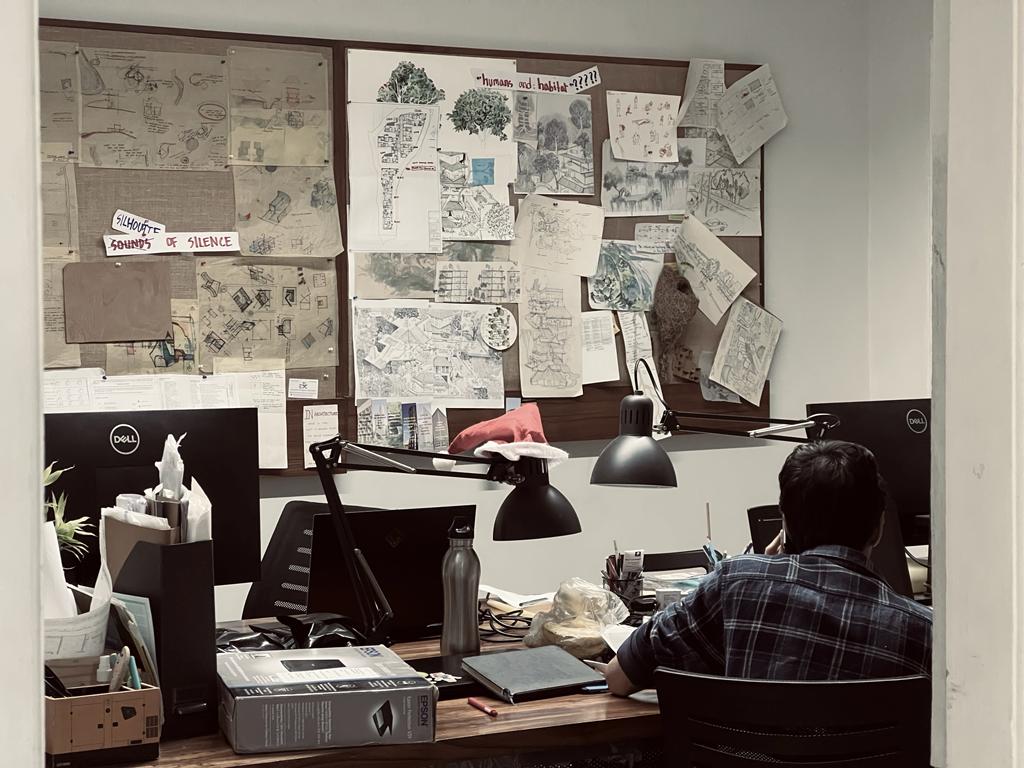Credits

వసుధైక కుటుంబం – The World is One Family!

Events in Indian culture have been a tool to bring life to a state of exuberance and enthusiasm. The significance that these festivals held were not only as a cultural statement but also as an attempt to get different sects of people together under one venue. After common observation over current scenario, it has been observed that urban context has fabricated cultural celebration into a superficial tradition of displaying one’s status in the society. What was once paramount, sacred tradition that enabled the community united by culture and virtues is now deprived of the same due to the lack of indisposed knowledge.

Our attempt tries to introspect into the core of these events to investigate between timelines of “what was” and “what is”. Taking ques from the analysis from the cultural literature. A site was selected based upon critical and mythological considerations. Hence establishing a curation that aligns with the nature of performed rituals. The site being functionally capable of holding a gathering of desired crowd and a force that allows one for sacred dialogue.

The site is a dominant Hindu temple complex spread over 25 acres composed of series of courtyards and step wells and smaller temples within set under a common narrative. The venue was specifically selected as it suits vocally to the character of the routines of the event. Also holds a history of similar typology of cultural evidence which date back to 19th Century.

The environment of the site was the primary source of the inspiration. Being considered an age-old temple of divine and sacred importance, the selection of the site was dependent on the character of the space hat was readily provided by the context. Hence it was easier to narrow down the theme into the mind of the users.



The spatial organization and theme of the event seamlessly integrate with the temple premises, extending its cultural ambiance. The revival of culture, along with its historical timeline, is achieved through the incorporation of Vedic Ritual elements. The event draws inspiration from traditional festivals of yesteryears, evoking a sense of nostalgia in both the invited audience and passersby, all in harmony with the temple’s sacred atmosphere. The step-well has been reimagined as a communal space for social interaction and gatherings, serving as an overflow area. Ethical materials such as metal, mud, fabric, colors, and plants were employed to create a phenomenological experience. The use of raw, sustainable materials was prioritized, with strict limitations on synthetic props.

Furthermore, the venue serves as a celebration of the diverse communities that converged during the event’s execution. It embodies an architectural and physical space focused on its impermanence, where individuals from various backgrounds come together for collective celebration, each contributing to the event’s ultimate success. This transient timeline of the event underscores the unintended potential for socio-cultural exploration, deliberately designed to bridge the gap between the past, present, and future.



































